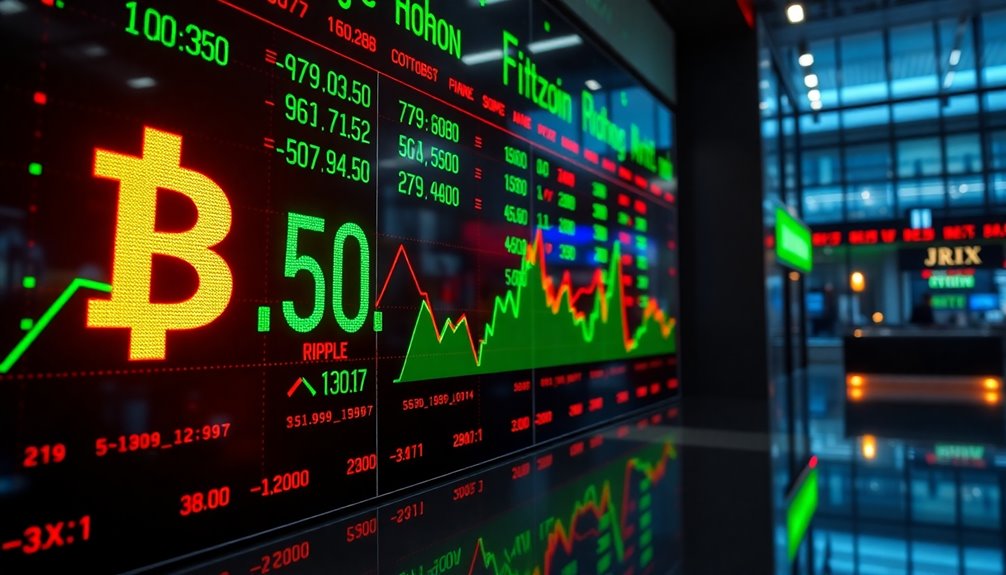With Ripple’s recent growth and expanding use in cross-border payments, it’s natural to wonder if it could soon surpass Bitcoin’s market value. While XRP’s market cap remains well below Bitcoin’s, its increasing independence from Bitcoin’s price fluctuations and regulatory clarity might give it an edge. But can Ripple really challenge the crypto giant? The answer depends on how these factors unfold in the coming months.

While Bitcoin remains the dominant cryptocurrency in terms of overall market value, Ripple (XRP) has recently gained notable attention due to its rapid growth and expanding use cases. XRP’s market cap recently surpassed $12.5 billion, signaling its growing influence in the digital asset space. Its price has increased by 1.46% over the past 24 hours, reaching around $2.15, which indicates active investor interest.
Ripple’s market cap exceeds $12.5 billion, reflecting its rising influence and investor interest amidst rapid growth.
With a 24-hour trading volume approaching $3 billion, XRP demonstrates strong market activity, reflecting confidence from traders eager to capitalize on its momentum. Although XRP’s market cap remains significantly lower than Bitcoin’s—roughly 10 to 15 times smaller—the rapid recent gains suggest it’s gaining ground as a competitive player.
Your focus should be on the dynamics that make XRP an intriguing contender. Its year-to-date price increase of over 50% outpaces Bitcoin’s 26%, showcasing its potential for higher short-term gains. The rising adoption of XRP in cross-border payment solutions and fintech indicates that its utility is expanding beyond speculative trading. This utility is further enhanced by color accuracy in transaction processing, which ensures reliability and efficiency.
This utility, coupled with growing institutional interest, especially in the payments sector, fuels optimism that XRP could continue to close the gap with Bitcoin. Regulatory clarity following key legal outcomes has also boosted investor confidence, reducing some of the uncertainties that once hampered XRP’s growth prospects. Recent regulatory developments have significantly impacted XRP’s market sentiment.
This positive environment helps XRP carve out its niche, making it a more attractive asset for risk-tolerant investors. Meanwhile, Bitcoin maintains its position not only because of its market cap but also due to its broader institutional support, including ETFs and custody solutions.
Its price stability, driven by widespread adoption and the perception of Bitcoin as “digital gold,” makes it the go-to long-term store of value. However, recent analyses reveal a decreasing correlation between XRP and Bitcoin in 2025, meaning XRP’s movements are becoming more independent.
This independence signals that XRP responds to different market factors—like developments in cross-border payments—rather than Bitcoin’s macroeconomic influences, adding to its appeal as a diversifier.
Your investment outlook should consider these contrasting profiles. Bitcoin’s fixed supply and stability favor long-term holdings, while XRP’s higher volatility and ongoing utility expansion present opportunities for short-term gains.
The recent strong performance of XRP, outperforming Bitcoin in YTD returns, underscores its rising adoption and market interest. While Bitcoin remains the market leader overall, XRP’s rapid growth and expanding use cases make it a compelling candidate to challenge Bitcoin’s dominance soon.
If current trends persist, XRP’s market value could continue to accelerate, potentially narrowing the gap with Bitcoin in the near future.









